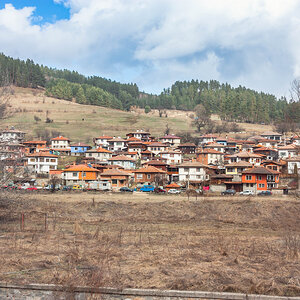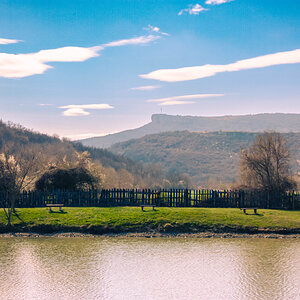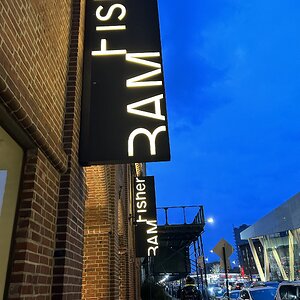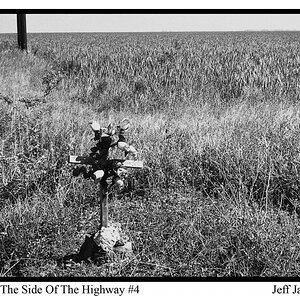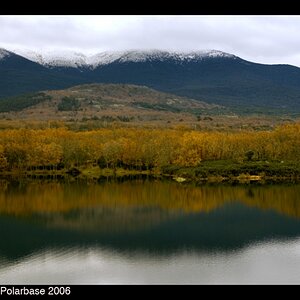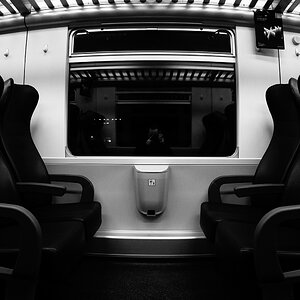theraven
No longer a newbie, moving up!
- Joined
- Oct 16, 2012
- Messages
- 677
- Reaction score
- 102
- Location
- Stoke on Trent, Staffordshire, UK
- Website
- www.ravenphotography.co.uk
- Can others edit my Photos
- Photos OK to edit
There seems to be a solutions abrewing!
<Deleted per forum guideline on crowd funding>
<Deleted per forum guideline on crowd funding>
Last edited by a moderator:


